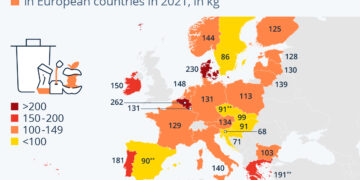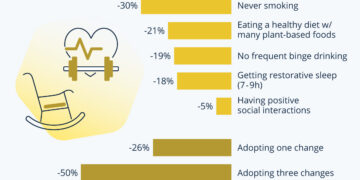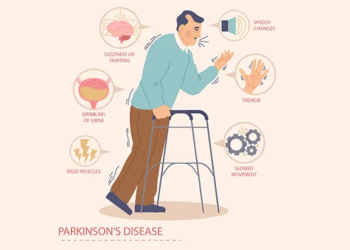Introduction
Antimicrobial resistance (AMR) is a significant global health concern. The World Health Organization (WHO) has identified it as a major public health threat. It’s a serious concern that if left unchecked, it could have devastating consequences.
A survey among healthcare workers in Nigeria, including physicians, revealed a moderate level of knowledge about AMR, with significant variations across different states and healthcare centres. Despite this awareness, a substantial number of healthcare workers prescribed common viral infections, indicating a gap between knowledge and practice. The study highlights the need for improved rational prescription practices. It suggests care centre-specific strategies could enhance adherence to guidelines and reduce the inappropriate use of antibiotics, thereby mitigating the rise of AMR.
The lack of up-to-date knowledge among healthcare providers might contribute to patients being less informed about AMR. This can lead patients to pressure for antibiotics, even when unnecessary, ultimately worsening the AMR issue.
Addressing patient pressure for antibiotics is a critical component in the fight against antimicrobial resistance (AMR). The World Health Organization (WHO) and other health authorities recognise that patient expectations and demands for antibiotics can lead to inappropriate prescribing by healthcare providers, which in turn contributes to the development of AMR.
To combat this, strategies such as improving patient communication, offering delayed antibiotic prescriptions, and using standardised order sets are recommended. For instance, the American Academy of Family Physicians (AAFP) suggests office-based strategies to ensure judicious use of antibiotics
What is AMR?
AMR stands for antimicrobial resistance. It describes a situation where germs (like bacteria, viruses, fungi, and parasites) that cause infections become resistant to the drugs designed to kill them, including antibiotics.
This means the drugs become ineffective, making it harder to treat infections. Antibiotics are especially important because they are used to fight a wide range of infections. If they become ineffective, even minor illnesses could become serious.
What are the implications?
Antimicrobial resistance (AMR) is a growing threat to public health, making it difficult or even impossible to treat common infections with antibiotics. This can lead to a cascade of negative consequences. Patients may experience prolonged illness, increased risk of complications, and even death. Doctors may be forced to use stronger, more expensive drugs with potentially severe side effects. These drugs may also be less readily available in some regions, further hindering treatment options. Additionally, AMR can lead to longer treatment durations, increasing healthcare costs and causing inconvenience for patients.
The spread of resistant infections is another major concern. Resistant bacteria can easily spread in hospitals, clinics, and communities, putting vulnerable populations like young children, the elderly, and immunocompromised individuals at greater risk of serious infections.
Also, AMR jeopardises the success of many medical procedures that rely on effective antibiotics to prevent infections, such as organ transplants, joint replacements, and cancer treatments.
Further, AMR places a significant economic burden on healthcare systems, increasing costs associated with treating infections and developing new drugs.
Experts Opinion on AMR
Healthcare professionals in Sokoto State are raising urgent concerns about the detrimental effects of patient pressure for antibiotics. This pressing issue, fueled by misconceptions and a desire for quick relief, is exacerbating the rise of AMR, posing a grave threat to public health.
Dr Yasin Abdullahi Gada from the Specialist Hospital highlighted the crucial role patient pressure plays in driving antibiotic overuse. Patients, often misguided by the belief that antibiotics are a panacea for various illnesses, pressure healthcare providers for unnecessary prescriptions.
“In our locality, one of the major factors contributing to antimicrobial resistance is patient pressure, or pressure from patients’ relatives, on healthcare providers to prescribe antibiotics. Many patients believe that antibiotics are necessary for various illnesses, even when they are not,” Dr Yasin said.
This demand, rooted in a lack of understanding between viral and bacterial infections, leads to overuse and misuse of antibiotics, ultimately contributing to the development of resistance.
Echoing Dr Gada’s sentiments, Dr O.C. Abdullahi Bayaro of the Sokoto State Primary Health Care Agency shed light on common scenarios exacerbating antibiotic resistance. Patients, wary of hospital visits, resort to self-medication based on past prescriptions or incomplete courses of antibiotics. Dr Bayaro said,
“Patients often avoid coming to hospitals for checkups, diagnosis, and prescriptions. They might remember having similar symptoms in the past and taking the medicine they were prescribed earlier. This can be dangerous,” Dr Bayaro said.
Moreover, the practice of discontinuing medication upon symptom relief or exceeding prescribed dosages further fuels the proliferation of resistant bacteria.
Dr Hadiza Tori, Managing Director of Maryam Abacha Women and Children Hospital, outlined additional factors contributing to antimicrobial resistance. Substandard drugs, incomplete doses, incorrect dosage regimens, and patient self-medication all compound the problem, resulting in treatment failures and increased healthcare costs.
“Sometimes, the available antibiotics might be ineffective against the targeted microorganisms due to poor quality or lack of potency. This allows the bacteria to survive, replicate, and potentially develop resistance,” she added.
Consequences of Antimicrobial Resistance
The WHO warns of a future where antibiotics become ineffective due to overuse, leading to a rise in drug-resistant diseases. Projections estimate AMR could cause a staggering 10 million deaths annually by 2050, surpassing even cancer mortality rates. Since 2020, WHO reports have shown increasing antibiotic resistance in bacterial infections across 87 countries. This is not just a health issue, but also an economic one, with potential losses reaching trillions by 2030.
A Multi-Pronged Approach to Combat AMR
To address this critical issue, concerted efforts are needed on multiple fronts. Health education campaigns must be intensified to raise awareness about the appropriate use of antibiotics and the risks associated with misuse. Effective communication between healthcare providers and patients is paramount in dispelling misconceptions and promoting responsible antibiotic use. Additionally, the development and implementation of protocols and guidelines to discourage unnecessary antibiotic prescriptions are imperative to safeguarding the efficacy of these life-saving medications.
Conclusion
Combating antimicrobial resistance requires a collaborative approach involving healthcare providers, policymakers, and the public. By tackling patient pressure for antibiotics and promoting prudent antibiotic stewardship practices, we can mitigate the threat of AMR and ensure the continued effectiveness of these invaluable medications for generations to come.
This report is produced for the DUBAWA 2024 Kwame Karikari Fact-Checking Fellowship in partnership with Garkuwa FM to facilitate the ethos of truth in journalism and enhance media literacy in Nigeria.

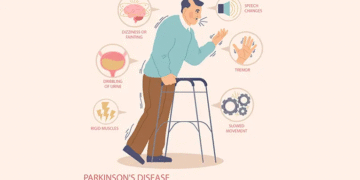

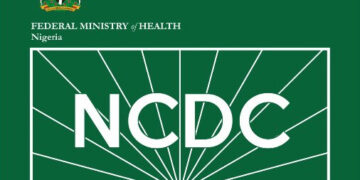
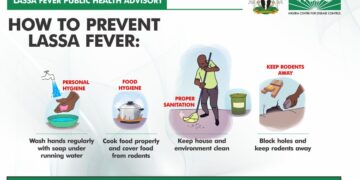

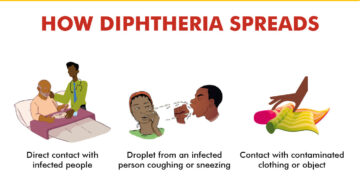





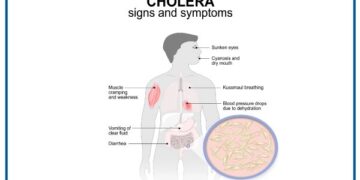
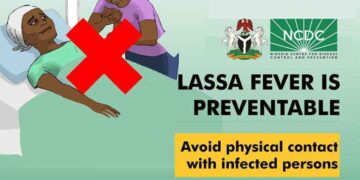


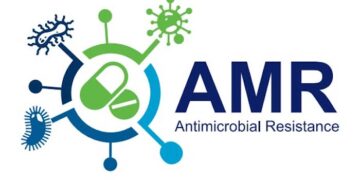

![Antimicrobial Resistance [AMR] in Hausa](https://healthtoday.com.ng/wp-content/uploads/2024/02/antimicrobial-resistance-AMR--360x180.jpeg)




